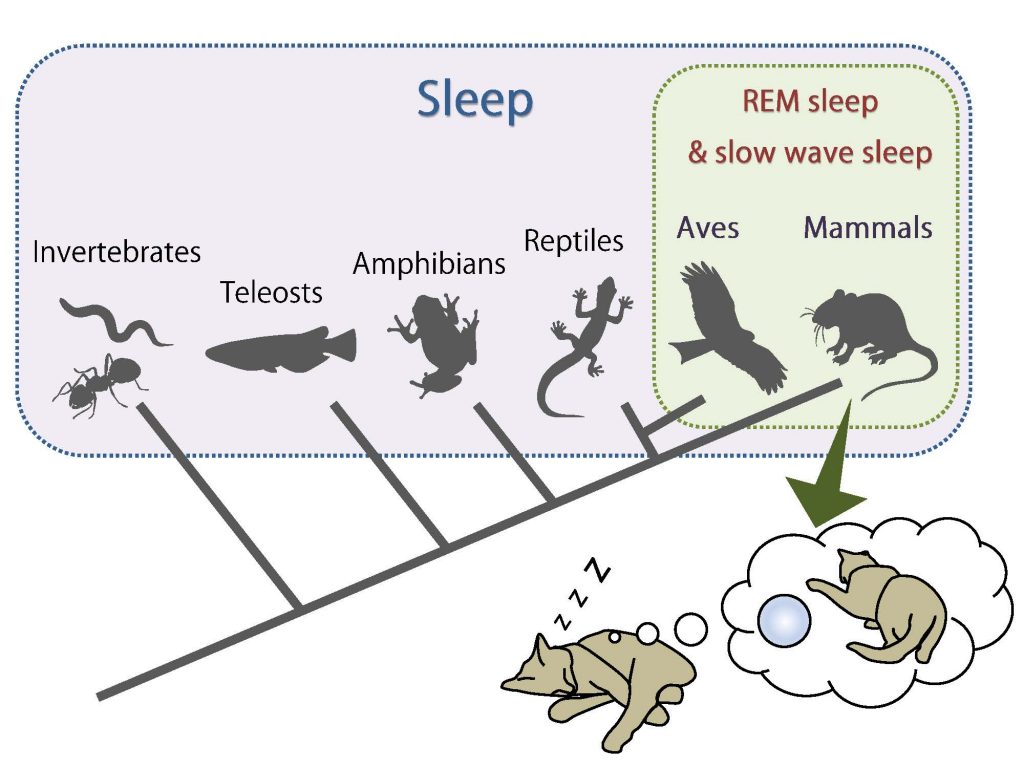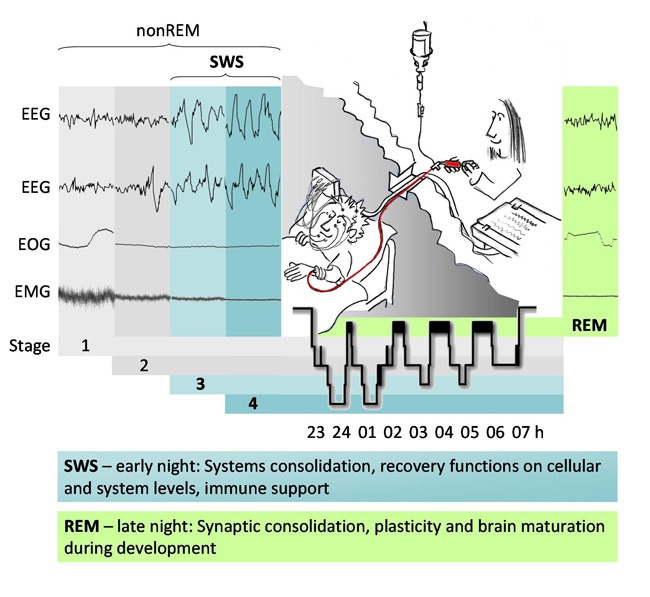Sleep disorders may be more prevalent than how much is understood of them… With many people all over the world suffering in silence, unaware that they are actually victims of one or more of the various sleeping disorders as discussed here, it only becomes a concern when other health concerns arise to which more attention is given.

( Sleep-Wake Disorders – Image Courtesy of www.nationalregister.org )
In classifying sleep disorders, there are 4 key sleeping complaints that commonly arise and these are:
- Inability to Fall Asleep – Do you have trouble falling asleep when you need to sleep?
- Insomnia – Are you sleep deprived and barely ever have a good night’s sleep?
- Excessive Daytime Sleepiness – Do you feel drowsy and sleepy during the day even though you slept at night?
- Sleep Behavior – Do you elicit sleep mannerisms like talking in your sleep, or sleep walking?

( Image Courtesy of www.forbes.com )
What Sleep Means…
When you fall asleep, there are measurable physiological attributes and changes that do occur, and these are visible in the electrical signals and brainwave patterns acquired during your sleep state.
The sleeping state presents itself behaviorally and physiologically and is therefore analyzed accordingly…

( Sleep in Animals – Image Courtesy of hayashi.wpi-iiis.tsukuba.ac.jp )
Behavioral characteristics of the Sleep State
- Immobility – lack of movement or slight movement
- Slowed eye movements
- Diminished cognitive functioning
- Characteristic sleep positions
- Extended reaction time
- Little to no response to environmental stimuli (external arousal)
- Increased threshold of arousal
- State of unconsciousness that is reversible

( Image courtesy of chronobiology.com )
Physiological characteristics of the Sleep State
Indicators of the physiological aspects of sleep are analyzed using:
- EEG – Electro-encephalography
- EOG – Electro-oculography
- EMG – Electro-myography

( Sleep Monitoring Tests – EEG – EOG – EMG – Image Courtesy of www.ima.org.il )
Diagnosing your sleep disorder
However easy it is to pass up a sleep disorder as an isolated sneeze in summer, the assessment and diagnosis of the sleeping disorder requires deeper and conclusive assessment of the root cause. It typically entails a thorough detailing of one’s family history with regards to health and medical welfare, psychological and psychiatric conditions, mental and neurological disorders, history of drug and substance abuse.

( Short Sleep Impact on Daily Life Activities and Performance – Image Courtesy of www.cdc.gov )
The rule of thumb in diagnosing sleep disorders is:
- First and foremost, to identify the root cause of the sleep impairment and identifying if it is a symptom of yet another underlying condition
- Then, follow up with treatment for the co-morbid health conditions associated with the sleep disorder
There are also a number of medical lab tests used in the investigation of sleep disorders, including, polysomnography (studied overnight), actigraphy, sleep latency (assessed multiple times), and assessing the maintenance of wakeful states.

( Sleep Analysis Testing – Image courtesy of Wisegeek.com )
Where treatment the primary underlying medical condition does not prevail, treatment of the sleep disorder then takes precedence for the wellbeing of the patient. Usually, very little medical supervision and consultation will be necessary on the part of the sleep disturbed person once after the appropriate diagnosis has been made for their sleeping disorder. It is also highly recommended that you do see a Sleep Specialist if you suspect that you may be having a sleep condition that needs medical attention for a laser targeted approach to your sleep impairment.
Key pointers for medical practitioners in the assessment of sleep disorders include:
- Insomnia
- Narcolepsy-Cataplexy Syndrome
- Parasomnia (e.g. REM Behaviour Disorder, Partial Arousal Disorder, etc)
- Sleep Disorders of the Circadian Rhythm (e.g. Work shift disorders, Jet lag, etc.)

